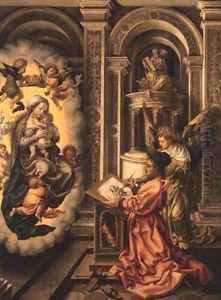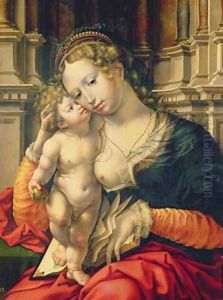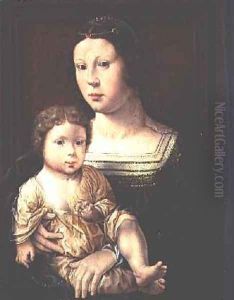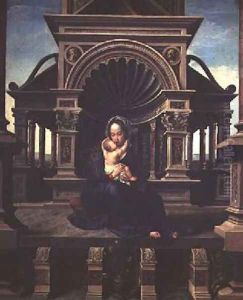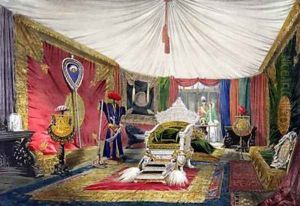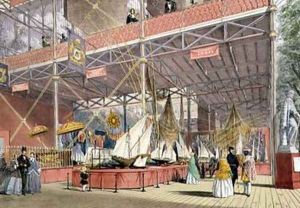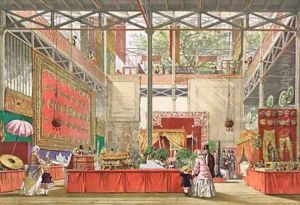Peter Mabuse Paintings
Peter Mabuse, more accurately known as Pieter Bruegel the Elder, was a seminal figure in the Renaissance art movement, particularly within the Northern Renaissance. Born in 1450, near Breda in the Duchy of Brabant (now part of the Netherlands and Belgium), Bruegel embarked on a career that would lead him to become one of the most important and innovative artists of his time. It's worth noting that the name Peter Mabuse might be confused with Pieter Brueghel the Elder due to the similarity in names and the period in which they lived. However, Peter Mabuse is more commonly associated with the artist Jan Gossaert, also known as Mabuse, who was a contemporary of Bruegel. For clarity and accuracy, this biography will focus on Jan Gossaert, recognizing the possible confusion with Pieter Bruegel the Elder.
Jan Gossaert, who was often referred to as Mabuse after his birthplace, Maubeuge, was a pivotal figure in the transition from the art of the Middle Ages to the Renaissance in Northern Europe. Born in the late 15th century, Gossaert's early life is somewhat obscure, but by the early 16th century, he had emerged as a masterful painter, known for his detailed approach to religious themes, mythological scenes, and portraits. Unlike Bruegel, Gossaert is known for his early adoption of Renaissance motifs and techniques, which he integrated with the rich traditions of Northern European Gothic art.
Gossaert's work is characterized by its meticulous detail, vibrant colors, and the incorporation of classical references, a testament to his journey to Italy, which profoundly influenced his artistic direction. During this trip, he studied the works of Italian masters, bringing back to the Netherlands a new sense of perspective, anatomy, and proportion. This fusion of Italian Renaissance ideals with Northern Gothic traditions allowed Gossaert to create a unique style that was highly sought after by patrons, including the nobility and the Church.
Throughout his career, Gossaert was innovative not only in his artistic practices but also in his subjects, being one of the first Northern artists to depict nude figures in a classical context. His religious works often reflected a deep sense of humanism, while his portraits were remarkably lifelike, capturing the personality and status of his sitters with unprecedented clarity.
Jan Gossaert's legacy is marked by his influence on the generations of artists that followed, bridging the gap between the medieval gothic traditions and the emerging Renaissance style. His death in 1524 marked the end of a prolific career, but his work continued to inspire and influence the trajectory of Northern European art for centuries.
